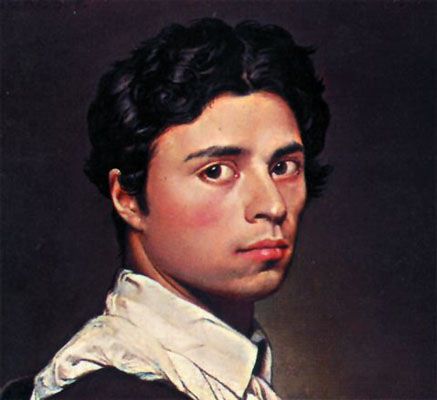The Louvre in Paris has organised a major survey of the French neo-Classical painter Jean-Auguste-Dominique Ingres (24 February-15 May) in collaboration with the Musee Ingres in Montauban, the artist's birthplace. Some 80 paintings and 104 drawings organised into six chronological sections outline Ingres's debt to Raphael and Poussin and support the view that the artist set the erotic tone for much of 19th- and 20th-century French art. The works chart Ingres's career from 1797, during his time as a student under the colourist Jacques Louis David, to his sojourns in Italy from 1806 to 1820 and his tenure as director of the French Academy in Rome (1834-41). Ingres once said: "Touch is the device of charlatans to show their skill with the brush." This belief in never letting his brushwork be too apparent is evident in grandiose, large canvases with mythological subjects (The apotheosis of Homer, 1827) and intricate, sensuous portraits of voluptuous female nudes. These include La grande odalisque (illustrated, 1814) and the sea of bodies that is the Orientalist painting The Turkish bath (1862).


































